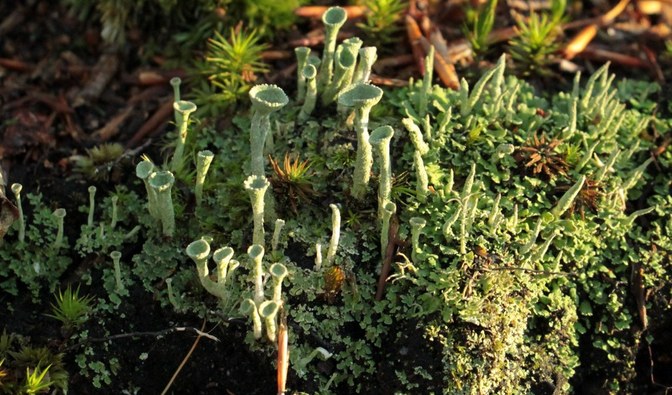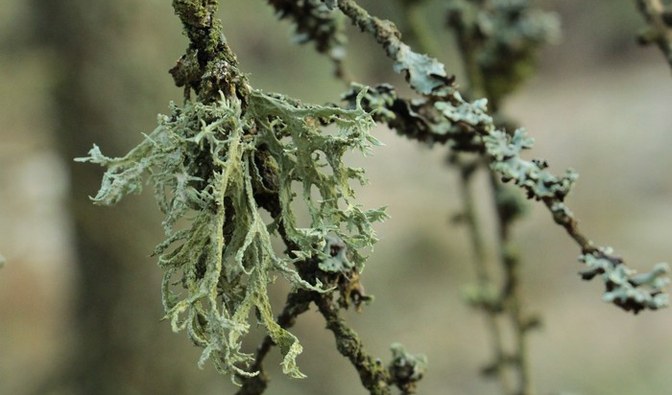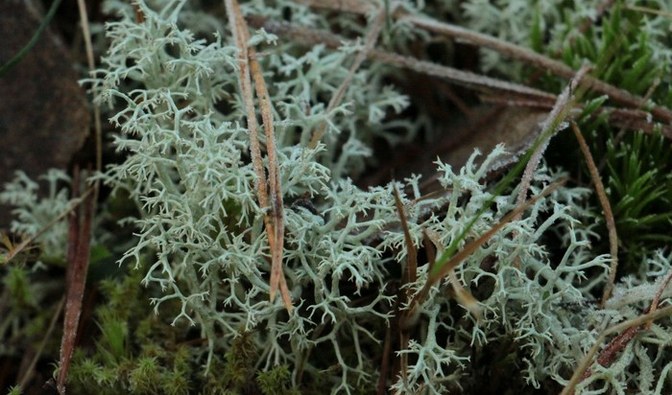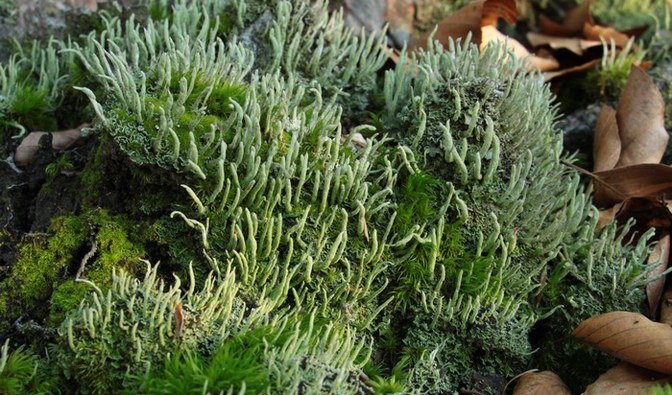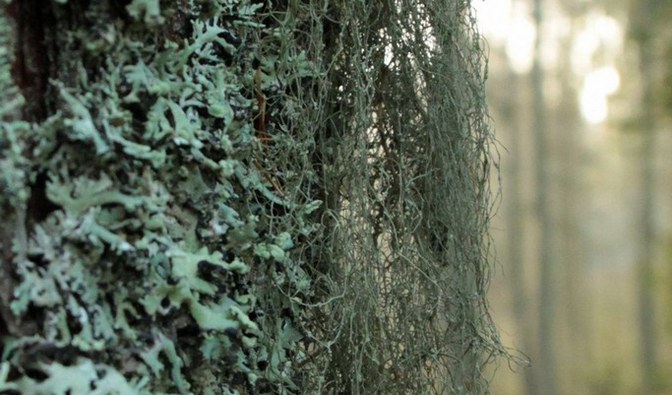Lichens of our forests
Before leaves and flowers of herbaceous plants will have blanketed the forest floor, it is worth looking at your feet and pay attention to lichens.
What exactly are lichens? The issue is highly complex. Lichens or lichenised fungi are organisms composed of fungi and algae, mainly green algae or cyanobacteria. Sometimes, however, their thallus consists of three organisms. Another difficult matter is also their proper identification.
Even highly skilled professionals are not able to do so on the basis of a photo or live specimen, since in many cases it is necessary to use a microscope or chemical agents. Lichens are virtually everywhere: on the walls, rocks, leaves, branches, on the bark of trees, rotting stumps or on the ground. Their structure is different: from the flat and crusty, through scaly, leafy, shrubby, filamentous, and multiform.
Scientists have noticed a direct correlation between the structure of lichens and their sensitivity to air pollution. The relationship is such that the more complex the structure of a lichen the greater its sensitivity to pollution.
On the other hand, if we find lichens with a very complex structure, we know that we are in a region with very clean air. There has been developed the already well-known lichen scale which comprises 7 degrees of air pollution. Level I is the so called lichen desert which is a region of highly polluted air.
The oakmoss presented in the photo above is the lichen from the level V of the scale as it grows in an area with little air pollution. In our forests it is quite common to meet horsehair (Bryoria) or beard (Usnea) lichens – from level VI or even VII of the scale indicating a slight or negligible pollution.
Let us examine some of the lichens, which we find most often in our forests. Wandering through the dry and sparsely vegetated pine forests we will encounter a whole carpet of silvery inconspicuous "shrubs". It is the gray reindeer lichen (Cladonia rangiferina). It is common both in Poland and all over the world, this lichen occurs in almost all continents, reaching the northern coast of Greenland and Svalbard.
Another interesting species is the common powderhorn lichen (Cladonia coniocraea). It may be easily confused with very similar smooth-footed powderhorn lichen (Cladonia ochrochlora). Both occur on decaying wood so you can find them on old, decaying stumps. They are also widely spread, both in Poland and in the world.
A number of lichens are under species protection: strict protection covers almost 180 species, partial 25, and 11 require creating protection zones around their sites. Probably, the biggest problem in their protection is to identify the species properly. For example, not very conversant nature observer may find it difficult to tell the difference between a horsehair lichen and a beard lichen, while under protection remains… 50 species of beard lichens and 20 species of horsehair lichens. However, let us not be discouraged since the world of lichen is not an easy topic, yet it’s really interesting and intriguing.



